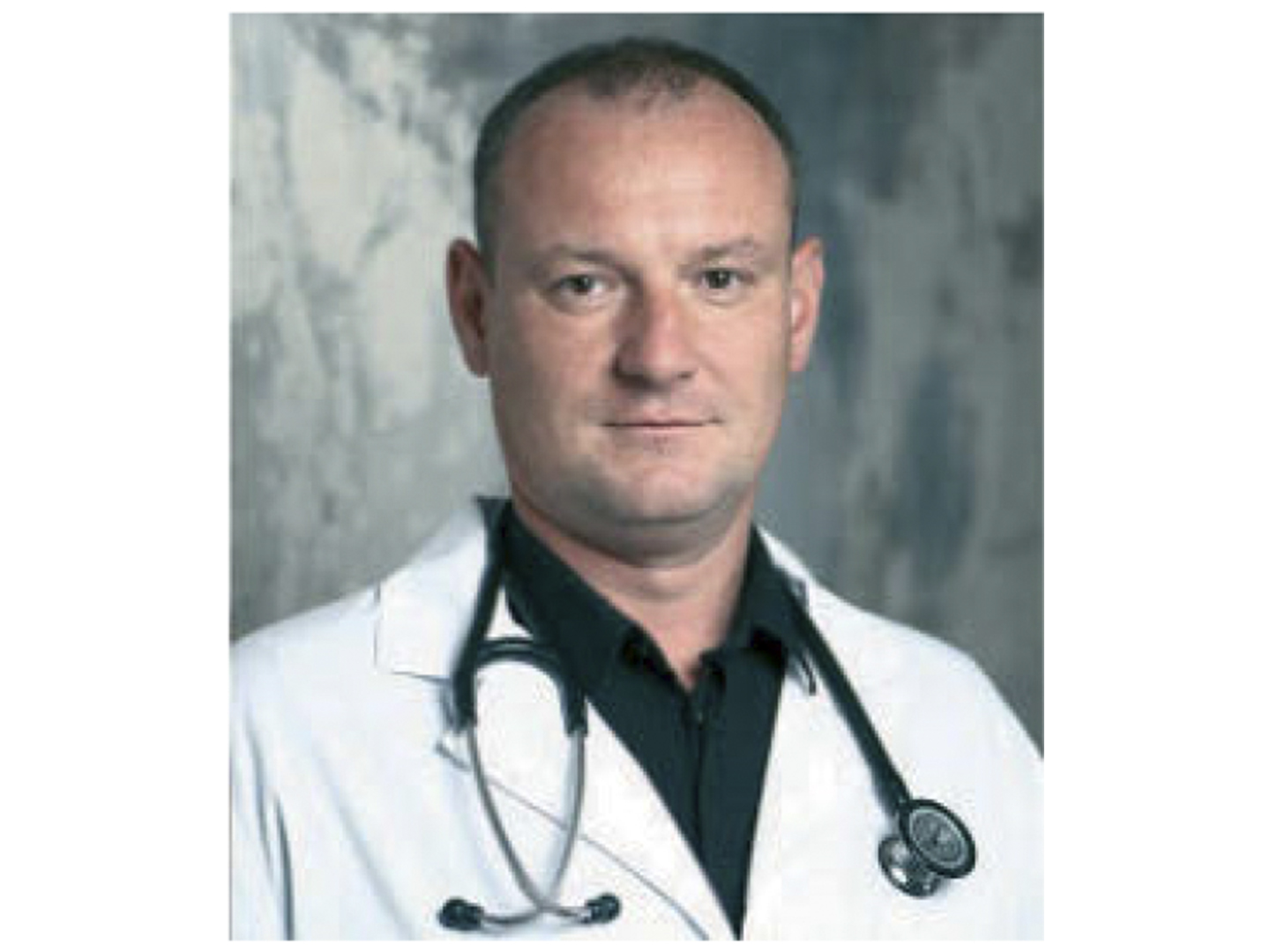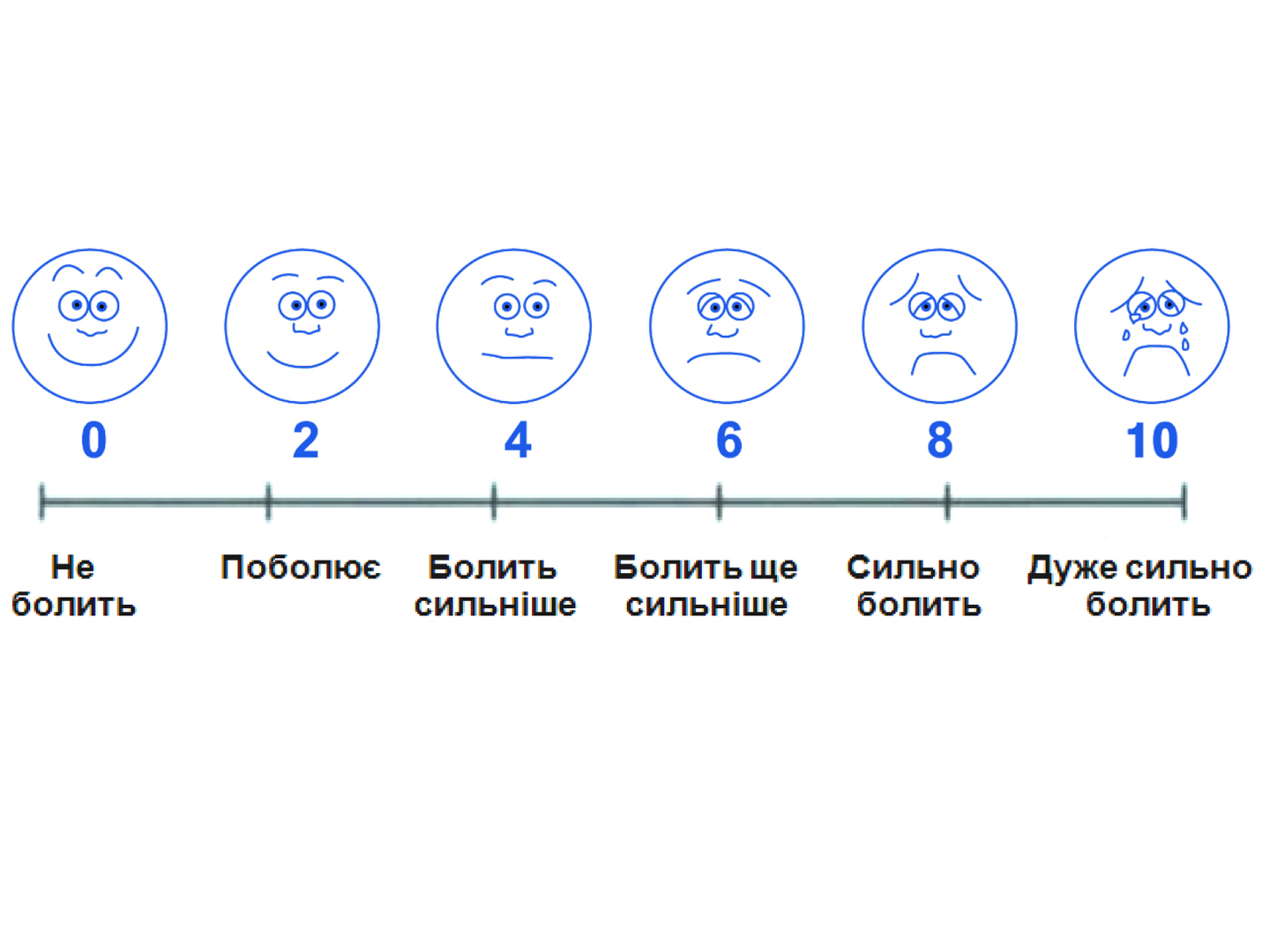The experience in diabetic foot management
Zaporozhye State Medical University
ABSTRACT:
Objective: to improve therapeutic outcomes in patients with neuropathic diabetic foot and mixed forms of diabetic foot syndrome (DFS), including the use of the Lacerta® material.
Materials and methods:
A total of 53 patients with DFS, age 23 to 65 years (mean age 44 years) have been treated in the clinical setting of the Department of Disaster Medicine, Military Medicine, Anaesthesiology and Critical Care of Zaporozhye State Medical University between 2010 and 2013. There were 32 (60.4 %) female and 21 male (39.6 %) patients.
Results and Discussion:
Most patients (44 or 83%) had mixed forms of DFS. The medical management was aimed at stabilizing the ischaemic limb syndrome. The surgical management in this group of patients was mostly organ-sparing. Thirteen (24.5 %) patients with Grade 1 of Wagner Grading System for Diabetic Foot had a post-surgery plastic closure of a wound defect with a split-thickness skin graft. In addition to medical management and intra-arterial injections of drugs, 17 (32 %) patients with Grade 2 of Wagner Grading System for Diabetic Foot the following treatment modalities were employed: debridement of the inflammation focus, drainage, time-phased sequential necrectomies, local dressings with antiseptics and enzymes and physical therapy as assigned. Split-thickness graft technique was employed to close the defect after the granulating wound was obtained. Eight (15.09 %) patients with Grade 3 of Wagner Grading System for Diabetic Foot had emergency necrectomies with a wide drainage of a focus of inflammation on the foot. During the ‘cold period’ after demarcation line on the foot had been formed, 3 patients had exarticulation of the toes, 4 patients had an atypical resection of the foot (in two of the latter patients the postoperative wound has healed by secondary intention). One patient had Sharp’s foot amputation. Alongside with medical management, surgical treatment was undertaken in 6 (11.3 %) patients with Grade 4 of Wagner Grading System for Diabetic Foot. Two patients had lumbar sympathectomy, profundaplasty and peri-arterial sympathectomy with a single-step resection of the foot. A new treatment technique, developed in our clinic, was used in 9 (16.9 %) patients. The technique is based on using the Lacerta®) material. All patients had a positive outcome manifested as complete healing of the ulcerative defect. Conclusions: Therefore, the suggested diagnostic and therapeutic algorithm combining assessment of circulatory and neuropathic disorders and optimisation of surgical and local treatment techniques improves the outcomes of multi-modality treatment of DFS.
Key words: diabetic foot syndrome, ischaemic ulcer (trophic ulcer), neuropathy, autologous skin graft, Lacerta® material.


